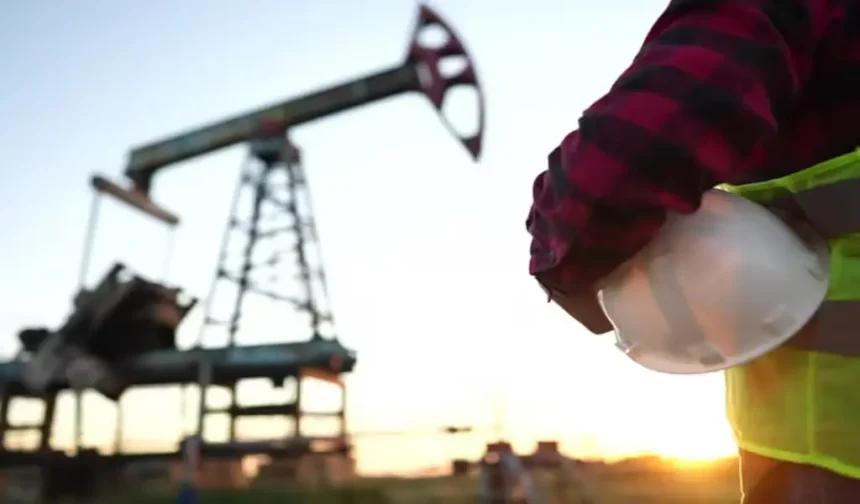Oil prices finished up by more than one dollar a barrel on Thursday as investors returned for the first trading day of 2025. They did so with an optimistic eye on China’s economy and fuel demand, following President Xi Jinping’s vow to promote growth.
Rising gasoline and distillate stocks in the United States put pressure on prices, restraining gains.
A barrel of Brent crude futures ended the day at $75.93, representing a 1.7% increase of $1.29. The final price of a barrel of West Texas Intermediate crude in the United States was $73.13, representing a rise of $1.41 or 2%.
In his New Year’s address given on Tuesday, Xi Jinping announced that starting in 2025, China will implement more proactive policies to foster growth.
According to a poll conducted by Caixin and S&P Global on Thursday, China’s manufacturing activity rose slower than anticipated in December. This comes amid concerns about the United States’ proposed tariffs.
U.S. Crude Stockpiles Fall Less Than Expected, Impacting Oil Prices
A candidate for president, Donald Trump. Some analysts believe lower Chinese data is a positive sign for oil prices since it may inspire Beijing to be more aggressive in its stimulus efforts.
According to an official survey released on Tuesday, China’s manufacturing activity barely increased in December. The construction and service industries performed better, and the results indicate that the policy stimulus is beginning to trickle down into certain industries.
Following the New Year vacation, the Energy Information Administration (EIA) issued data on oil supplies in the United States on Thursday, a day later than usual due to the holiday. The data revealed that gasoline and distillate inventories increased during the previous week.
The United States gasoline stockpiles (USOILG=ECI) increased by 7.7 million barrels over the week, reaching 231.4 million. Distillate stockpiles (USOILD=ECI), comprising diesel and heating oil, rose by 6.4 million barrels over the week, reaching 122.9 million.
“The negative portion of the release was in the large product stock builds,” stated Jim Ritterbusch of Ritterbusch and Associates in Florida. He explained that these stock builds were due to an unanticipated reduction in demand at the time of the release.
Compared to the findings of a poll conducted by Reuters, which predicted a draw of 2.8 million barrels, crude stockpiles decreased by 1.2 million barrels, reaching 415.6 million barrels last week. This is a decrease that was less than what was anticipated.
According to Tony Sycamore, an analyst at IG, traders who are beginning the new year are likely comparing the anticipated impact of planned tariffs against the heightened global risks and Trump’s efforts to keep the economy of the United States of America ablaze.
“Tomorrow’s U.S. ISM manufacturing release will be key to crude oil’s next move,” Sycamore informed investors.
According to Sycamore, the weekly chart of WTI is gradually moving into a more constrained zone, indicating a significant move is on the horizon.
“Rather than trying to predict in which way the break will occur, we would be inclined to wait for the break and then go with it,” he said.
Oil Price Forecast for 2025: Analysts Predict Limited Gains Below $70 per Barrel
According to a survey by Reuters, oil prices are anticipated to remain limited by nearly $70 per barrel in 2025, marking a third consecutive year of drop following a 3% decline in 2024. This is because poor demand in China and expanding global supplies negate the efforts of OPEC and other entities to stabilize the market.
Russia stopped gas exports through Ukraine’s pipelines on the first day of the new year after the transit arrangement expired on December 31. In anticipation of the widely anticipated shutdown, the European Union has made arrangements for alternate supply, while Hungary will continue to get gas from Russia through the TurkStream pipeline beneath the Black Sea.

Salman Ahmad is known for his significant contributions to esteemed publications like the Times of India and the Express Tribune. Salman has carved a niche as a freelance journalist, combining thorough research with engaging reporting.














